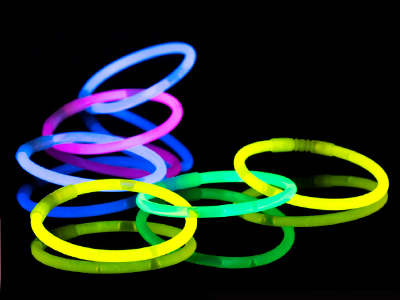

Endothermic and Exothermic Reactions 2
Exothermic reactions release energy into the surroundings, whereas endothermic reactions absorb energy. Hand warmers, glow sticks and self heating coffee are all applications of energy changes in chemical reactions. For the higher tier of GCSE Chemistry, you will be expected to explain how and why these energy changes occur. The short answer to 'how' is that during a chemical reaction, bonds are broken and made. The short answer to 'why' is that energy is involved in making and breaking bonds.
In a chemical reaction, you always end up with the same numbers and types of atom as you started with, but joined together in a different combination. For example, the reaction between hydrogen and oxygen to give water. To start with, the hydrogen atoms are joined to each other in pairs, as are the oxygen atoms. At the end of the reaction, two hydrogen atoms are joined to one oxygen atom in the compound water. Clearly, to get to this state of affairs, the bond between the hydrogen atoms must have been broken and so must the bonds between the oxygen atoms. Only when that has occured can the bonds of the water molecule form.
Ready for more?
not all...
quizzers. Try to win a coveted spot on our Hall of Fame Page.






